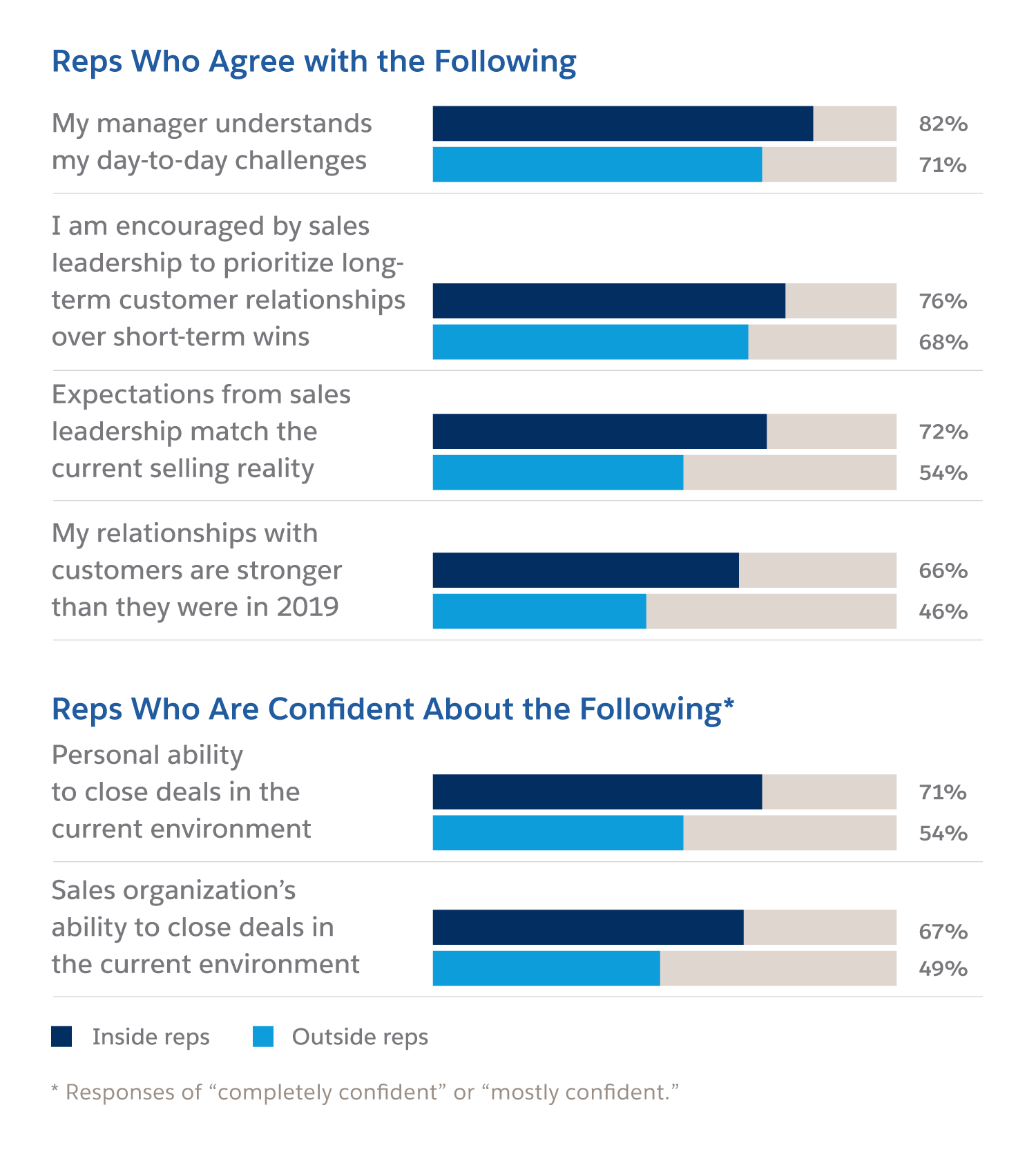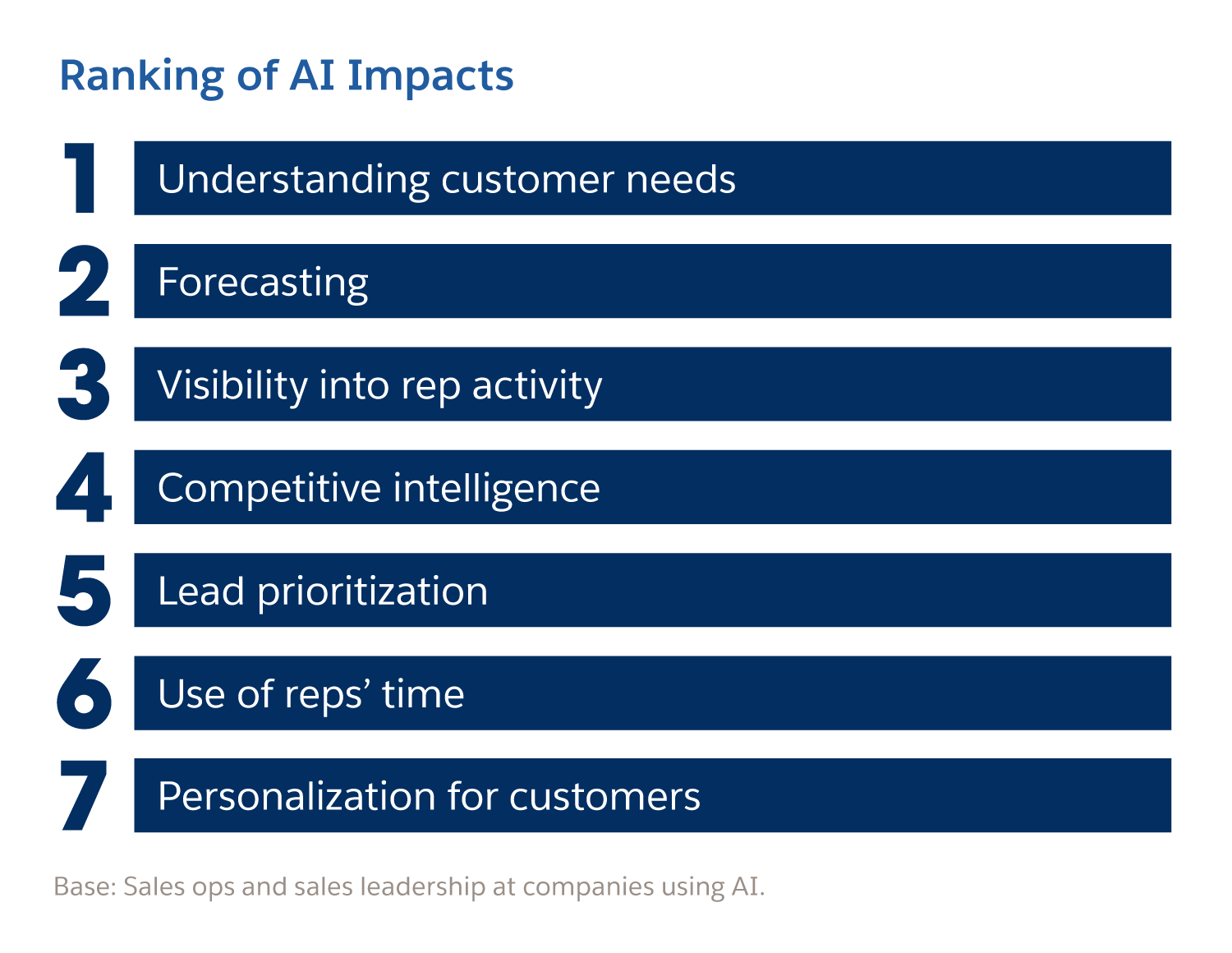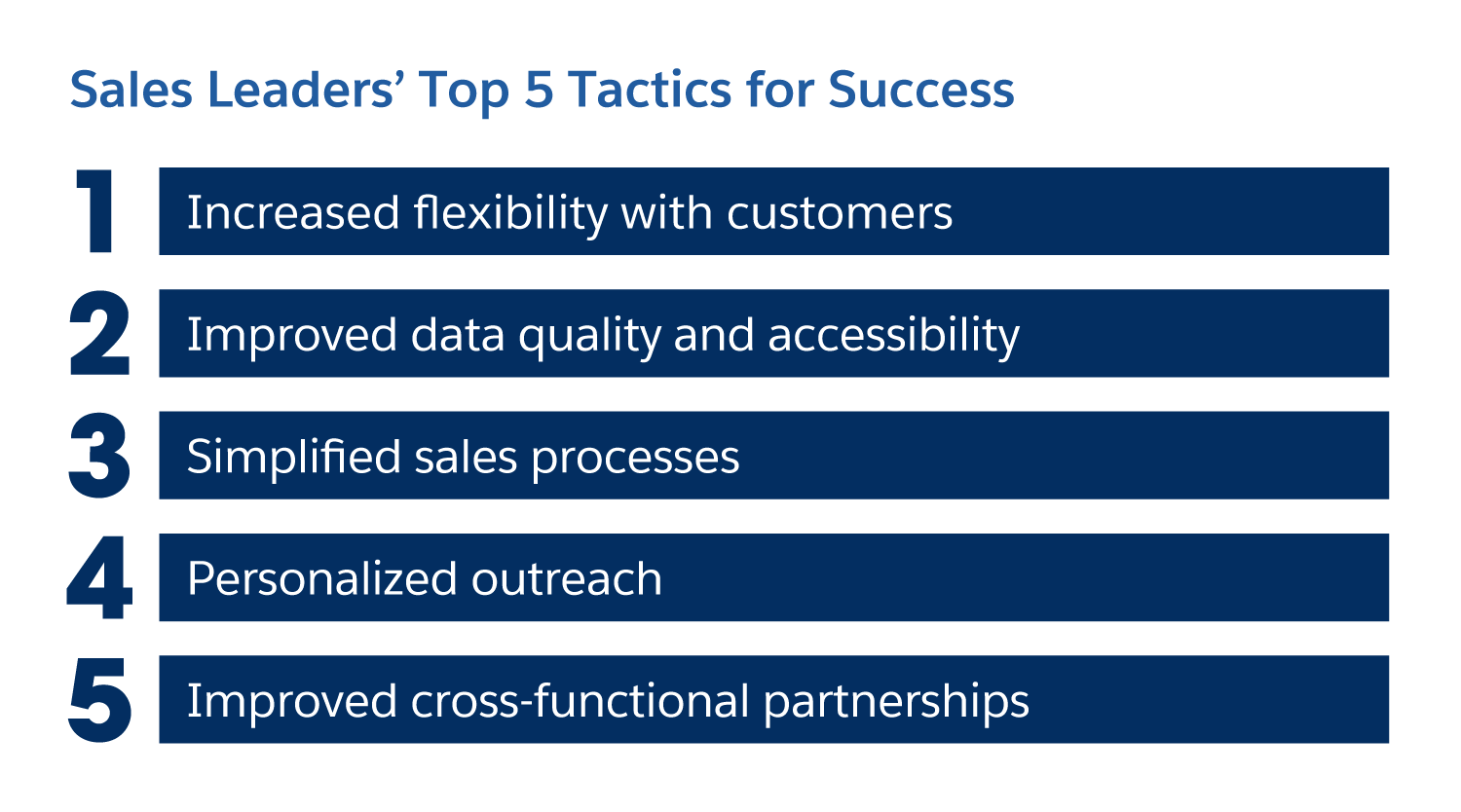Doug Camplejohn is the Executive Vice President and General Manager for Sales Cloud, the world’s #1 sales solution.
E-commerce is going to replace salespeople.
That was a personal prediction I made 20 years ago when I started my first company. Educated as an engineer, I naively thought technology would make the sales profession obsolete.
I was wrong.
In the decades since, I’ve run a handful of startups, learning firsthand how vital the sales team is to a company. The best salespeople care deeply about solving customers’ problems, and their work is the blood pumping through the veins of the company.
But their job is really hard. And it’s constantly changing. That change is especially apparent this year, as selling goes virtual and buyers’ habits shift.
Released today, the fourth edition of the State of Sales report captures insights from nearly 6,000 sales professionals worldwide. Our research surveys reps, sales ops, and leadership on recovery and growth in an evolving selling landscape. We also compare data by performance level to see what the best sales teams do differently.
These aren’t predictions (I’ve thankfully gotten out of that business), but real trends to help inform your strategies for getting back to growth. Below are four major takeaways from the report. Make sure to check out the full research for more insights and Tableau dashboards for industry- and country-specific findings.
1. Customer insights close deals
The reality is we’re all consumers. We’re all dealing with the immediate, pressing challenges of the times. The last thing we need right now is a difficult, opaque buying experience. That’s true whether we’re buying something for our personal lives or at work.
2. In a remote-first world, outside reps are now inside reps
COVID-19 turned all salespeople into virtual sellers nearly overnight. Seventy percent of organizations are retraining outside reps to sell from home. Instead of onsite meetings, customer lunches, and handshakes, outside reps are now trained to build relationships through a browser window.
Many struggle with the adjustment. Strikingly, two-thirds of inside reps say their relationships with customers are stronger than they were a year ago, while less than half of outside reps say the same.

While this time carries its fair share of challenges, it’s also an opportunity to innovate how we connect with our customers. We need to go beyond just replicating what we did in face-to-face meetings. We can and should make virtual engagements even better than in real life (IRL) ones (in many cases).
As technology evolves, sales operations will need a bigger seat at the table to support those emerging needs. The back office is indeed stepping into the spotlight, with 85% of sales professionals agreeing that sales ops is becoming increasingly strategic.
3. AI adoption surges
Seventy-seven percent of sales leaders say their digital transformation has accelerated since 2019 – and that perception is even higher among sales ops professionals, at 84%. One technology that’s rapidly taken off in sales is artificial intelligence (AI). In fact, 37% of sales teams now report using AI — a 76% increase since 2018. High performers are 2.8x more likely to use AI than underperformers.
The rise in overall AI adoption is partly fueled by the democratization of AI tools, which are now more widely available and configurable than ever before. Another reason: AI adds significant value to the sales process, including understanding customer needs, forecasting, and visibility into rep activity.

AI, however, is not a panacea. It only works as well as the data in your system. The key to gaining relevant insights to help your teams meet and exceed sales quotas is to keep all your data in one place, like using your CRM as a single source of truth.
4. During crises, flexibility is the #1 tactic for sales success
While the waters may be choppy and the horizon hazy, sales leaders are still responsible for steering the ship to a brighter future. Many remain optimistic about this challenge.
As always, your customers are the priority. Adapting to their needs and maintaining flexibility will be the most important tactic in the next 12 months, according to sales leaders.
Customers face more new challenges than they were just a few months ago with little clarity on what the coming months and years will look like. That means salespeople need to tailor their approach to each customer’s unique situation.
For example, you might want to consider different licensing terms, rather than standing firm on pricing. A more radical approach might even be switching business models. The subscription service model has grown by more than 100% every year over the past five years.
At Salesforce, we looked at our own product lineup and asked ourselves: How do we make the contract process easier? What about the renewal process? Or quoting process? Those answers helped guide the changes we needed to make.

More insights and trends
For more of the latest trends in sales, explore the full State of Sales report. You can also filter the data to see responses in your country or industry in our Tableau dashboards.
Explore Salesforce Research
Find the latest data and analysis for leaders in technology, service, sales, marketing, and other fields.































